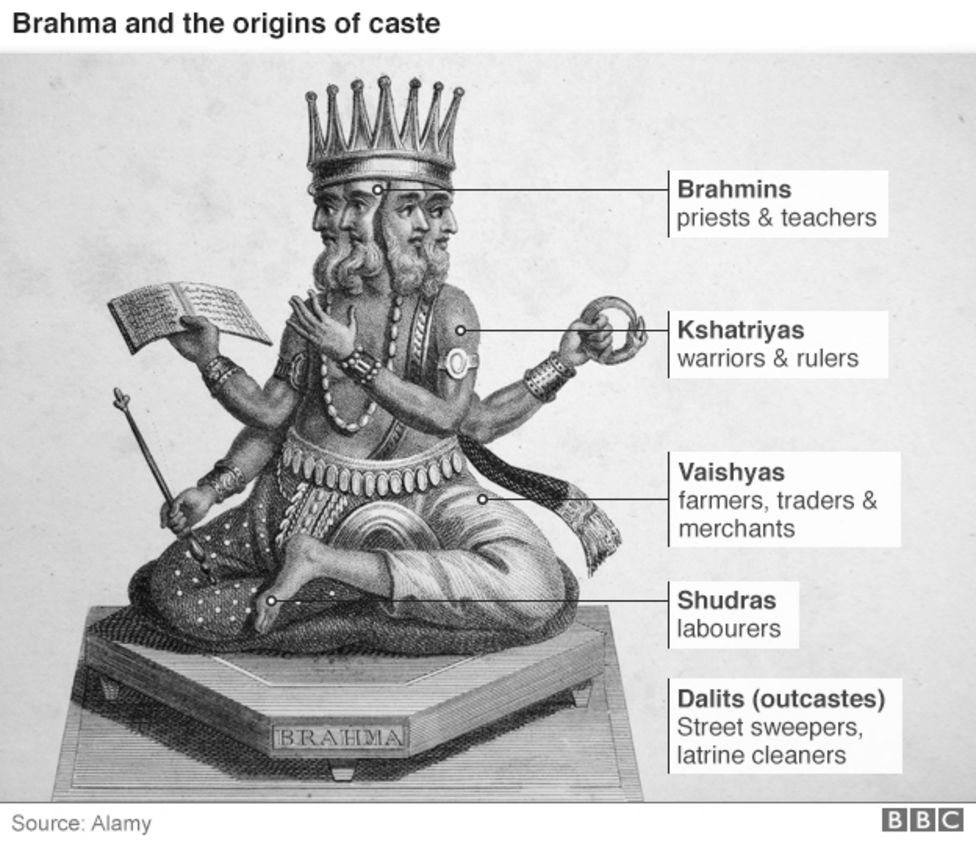- Joined
- Dec 31, 2015
- Messages
- 1,889
- Points
- 83
http://www.straitstimes.com/asia/south-asia/low-caste-indian-dalit-murdered-for-owning-a-horse
Low-caste Indian Dalit murdered for owning a horse

Published
Mar 31, 2018, 4:36 pm SGT
AHMEDABAD, INDIA (AFP) - A young farmer from India's lowest caste Dalit community has been beaten to death for owning a horse, which is seen as a symbol of power and wealth, police said on Saturday (March 31).
Police have detained three upper caste men for questioning after the body of 21-year-old Pradeep Rathod was found in a pool of blood near Timbi village in Gujarat state late on Thursday night.
Dalits, formerly known as "untouchables", are among the most marginalised groups in India, where caste discrimination is outlawed but remains widespread.
Mr Rathod's father, who found the body, "has alleged that his son was killed by people from an upper caste community in his village because he owned a horse despite being a Dalit," deputy police superintendent A.M. Saiyed told AFP.
"We have detained three persons named in the complaint filed by Pradeep Rathod's father for questioning."
In his complaint, seen by AFP, Mr Rathod's father stated his son loved horses and he had bought him one eight months ago.
"My son's love for horses led to his murder," the father said.
"About a week ago, when I was riding the horse with my son, one of the persons from the upper caste Kshatriya (warrior) community warned us not to ride the horse in the village."
"He said that people of Dalit community cannot ride horses, only Kshatriyas can ride horses. He also threatened to kill us if we did not sell the horse," the complaint read.
Mr Rathod, a high school drop-out, worked on land owned by his father.
Dalits, who lie at the bottom of India's deeply entrenched social hierarchy system, have long faced attacks.
Last October, a Dalit man was killed by a group of men for attending a traditional Hindu dance performance also in Gujarat, the western home state of Hindu nationalist premier Narendra Modi.
Low-caste Indian Dalit murdered for owning a horse

Published
Mar 31, 2018, 4:36 pm SGT
AHMEDABAD, INDIA (AFP) - A young farmer from India's lowest caste Dalit community has been beaten to death for owning a horse, which is seen as a symbol of power and wealth, police said on Saturday (March 31).
Police have detained three upper caste men for questioning after the body of 21-year-old Pradeep Rathod was found in a pool of blood near Timbi village in Gujarat state late on Thursday night.
Dalits, formerly known as "untouchables", are among the most marginalised groups in India, where caste discrimination is outlawed but remains widespread.
Mr Rathod's father, who found the body, "has alleged that his son was killed by people from an upper caste community in his village because he owned a horse despite being a Dalit," deputy police superintendent A.M. Saiyed told AFP.
"We have detained three persons named in the complaint filed by Pradeep Rathod's father for questioning."
In his complaint, seen by AFP, Mr Rathod's father stated his son loved horses and he had bought him one eight months ago.
"My son's love for horses led to his murder," the father said.
"About a week ago, when I was riding the horse with my son, one of the persons from the upper caste Kshatriya (warrior) community warned us not to ride the horse in the village."
"He said that people of Dalit community cannot ride horses, only Kshatriyas can ride horses. He also threatened to kill us if we did not sell the horse," the complaint read.
Mr Rathod, a high school drop-out, worked on land owned by his father.
Dalits, who lie at the bottom of India's deeply entrenched social hierarchy system, have long faced attacks.
Last October, a Dalit man was killed by a group of men for attending a traditional Hindu dance performance also in Gujarat, the western home state of Hindu nationalist premier Narendra Modi.





